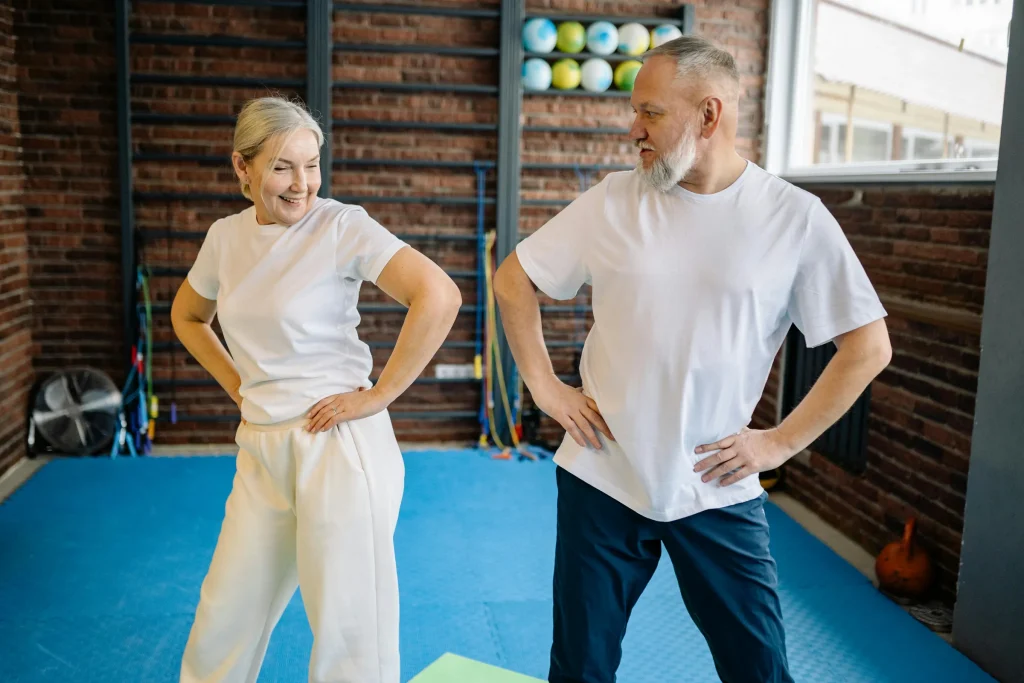You can’t yet take a pill to prevent type 2 diabetes. But you have the next best thing: exercise. And you don’t need to spend a lot of time at the gym. In fact, a recent study suggests just a 15-minute walk after every meal may help protect you against the disease.
More-effective exercise
In the journal Diabetes Care, researchers compared short and long bouts of exercise to find out which worked best in preventing type 2 diabetes. For the study, they recruited a small group of healthy older adults ages 60 and older. Because of their age, these adults were already at risk for diabetes.
In a controlled setting, the participants engaged in three different walking regimens. Each bout of exercise was separated by four weeks. While on a treadmill, the older adults either walked for 15 minutes a half hour after each meal, 45 minutes in the morning, or 45 minutes in the late afternoon.
During the study, researchers monitored participants’ blood sugar levels. They noted that the 15-minute after-meal walks and the 45-minute morning strolls were equally effective in lowering blood sugar. But the shorter stints of exercise kept it low up to three hours after dinner. These findings suggest the timing—in addition to the amount—of exercise may help prevent type 2 diabetes.
Why timing may matter
Through digestion, your body converts food into glucose—the body’s natural sugar. Glucose powers the body’s cells. To help break down glucose, your body produces a hormone called insulin. Insulin production is impaired in people who have diabetes. As a result, their body doesn’t adequately absorb glucose and ends up losing valuable fuel.
As you might suspect, glucose levels spike after you eat a meal. Exercising after eating may counteract this rise. In turn, your body may better use insulin. For people who have prediabetes—when blood sugar levels are above normal but not yet too high—this process may be especially helpful—as the above study suggests.
People who already have diabetes may benefit from this process, too. Exercise is already a key component in managing the disease. People with diabetes use exercise to help keep their blood sugar under control. But they may have to check glucose levels before and after physical activity. Too much exercise can cause levels to plummet, a potentially life-threatening situation.
5 tips to motivate movement
Health experts have long touted the value of exercise against many chronic diseases, including type 2 diabetes. A daily walk is a good starting point. But the more activity you do, the more benefit for your body. Here are some tips to help you stay motivated:.
- Choose an activity you like. You’ll be more likely to stick with it.
- Mix it up. Besides aerobic activity, add some strength training and flexibility exercises to your routine.
- Recruit some company. Walk with a neighbor or play basketball with your children.
- Track your progress. Record how much and which activities you perform daily.
- Reward yourself. When you reach a personal goal, celebrate with a healthy treat, such as a new book.









